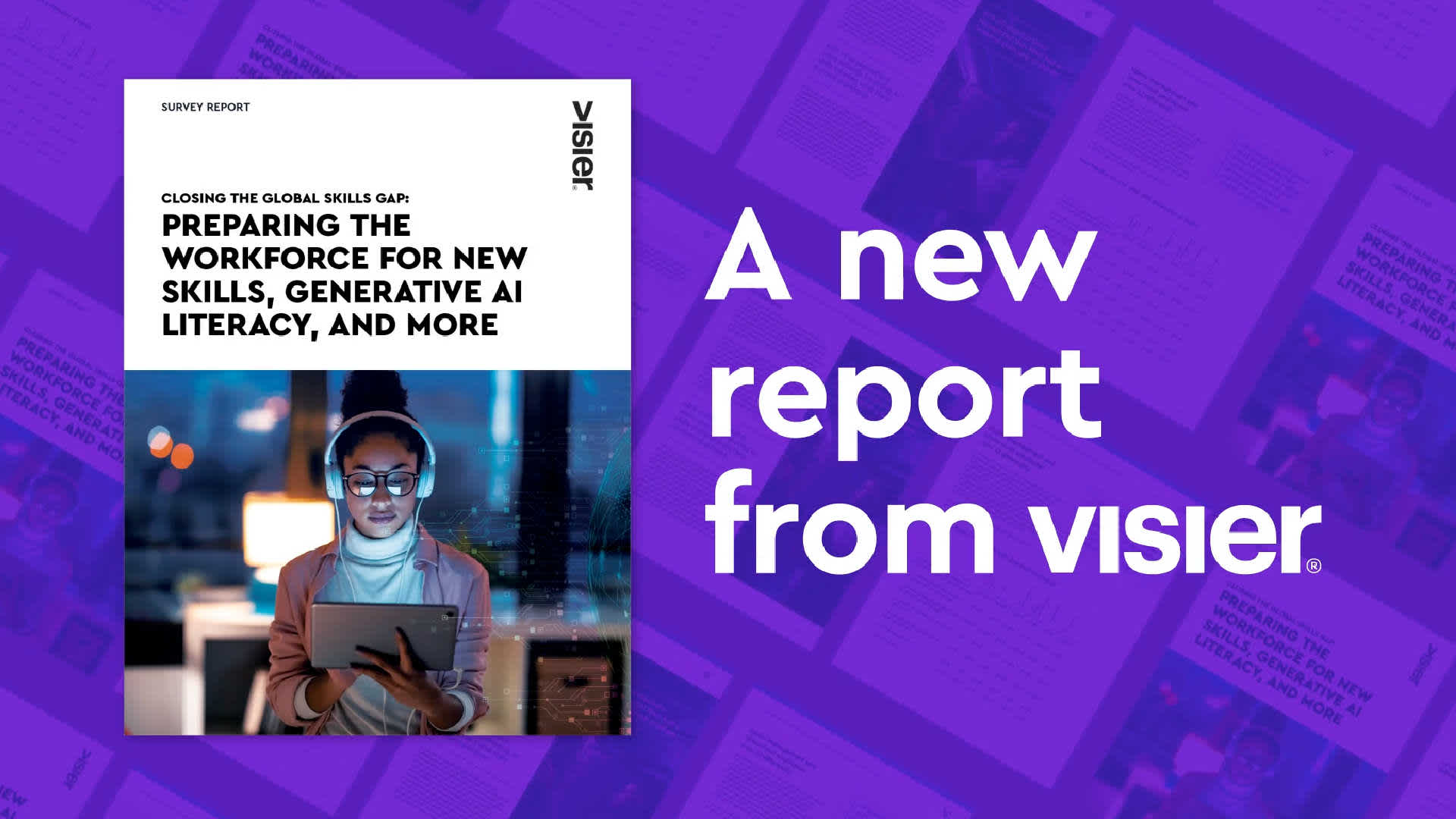What Are Skills Gaps?
Skills gaps are the difference between the skills that employers need their employees to possess and the skills they actually have.

Skills gaps are the difference between the skills that employers need their employees to possess and the skills they actually have.
Skills gaps develop due to rapid technological advancements, changes to job requirements, evolving market demands, or inadequate training and education.
Understanding the skills gaps that exist in their organizations helps HR professionals identify the specific skills and qualifications that are lacking. You can then take steps to either develop or acquire those skills through training or talent acquisition.

How do skills gaps impact organizational performance?
Skills gaps can have a wide range of negative impacts on organizations including:
Reduced productivity
Missed business opportunities
Lack of innovation
Errors and safety risks
Negative impacts on customers and clients
Because of these potential negative effects, it’s important for organizations to know:
What skills the organization has
What skills are missing
How skills are changing over time
This can be done through a skills inventory.
How do you identify skills gaps in the organization?
A skills inventory is a compilation of the skills, education, and experiences of current employees. This can be done through employee self-evaluation, manager or supervisor assessment, and job analysis.
Conducting a skills analysis to identify skills gaps can be a time-consuming process. The larger the organization and the more employees and roles it has, the more complex the process becomes.
AI-powered analytics tools can help. Technology can automate the process of tracking where in your organization skills exist, at what rate you’re retaining and losing skills, and where skills gaps are developing.
What steps can you take to address skills gaps?
Once skills gaps are identified, HR and learning and development (L&D) leaders can take steps to close those gaps. This can be done through talent acquisition to attract new talent with the desired skills, and through upskilling and reskilling existing staff.
Every organization has skills gaps. It’s inevitable in a rapidly changing environment where technology, consumer demands, and competitive influences are constantly changing. Skills gaps can’t be eliminated, but they can be successfully managed to minimize negative organizational impacts.
Read more on skills gaps:
Get Outsmart content straight to your inbox
Subscribe to the People Insights Monthly newsletter for actionable insights and stories.
Subscribe now